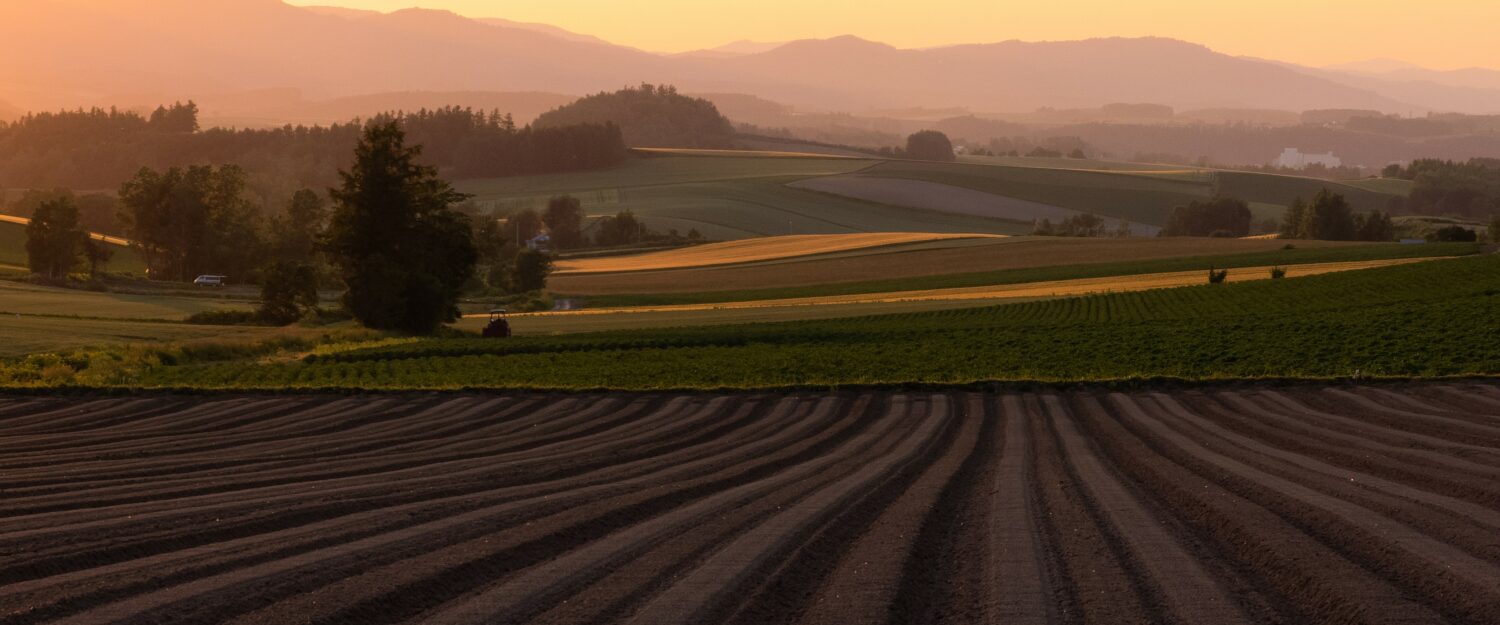
The history of Biei
Beautiful scenery that speaks to agriculture and led to tourism.
1 Formation of our Hills
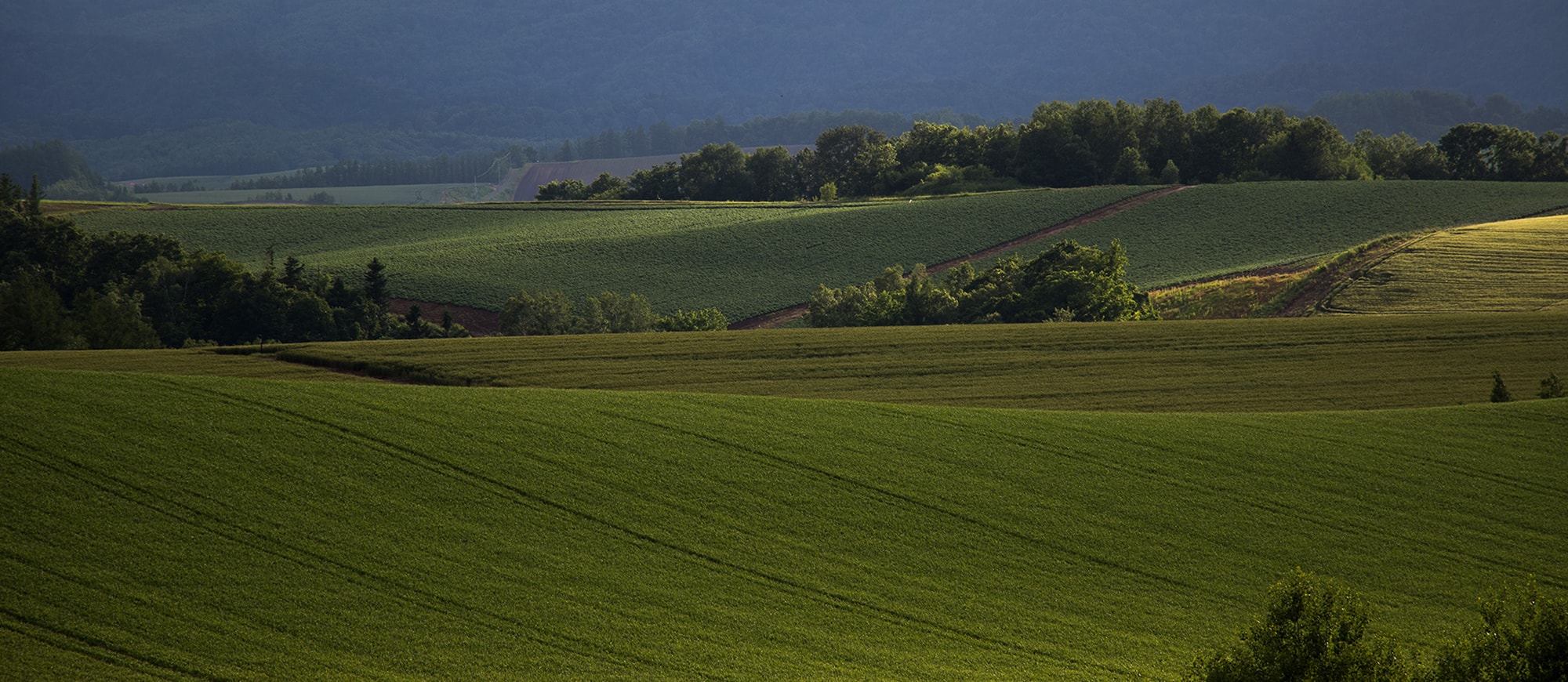
The beautiful scenery of Biei's rolling hills dotted with tourists was formed by the accumulation of rocky volcanic matter and erosion by rivers, which formed the wavy lines of the hills. Hokkaido's founding fathers then developed the forests on these hills into farms. Farmers put in a lot of hard work in order to cultivate crops for the long term. Even today, agriculture remains Hokkaido's main industry. The enchanting view of the farming fields is beloved by a number of people.
2 Agricultural History
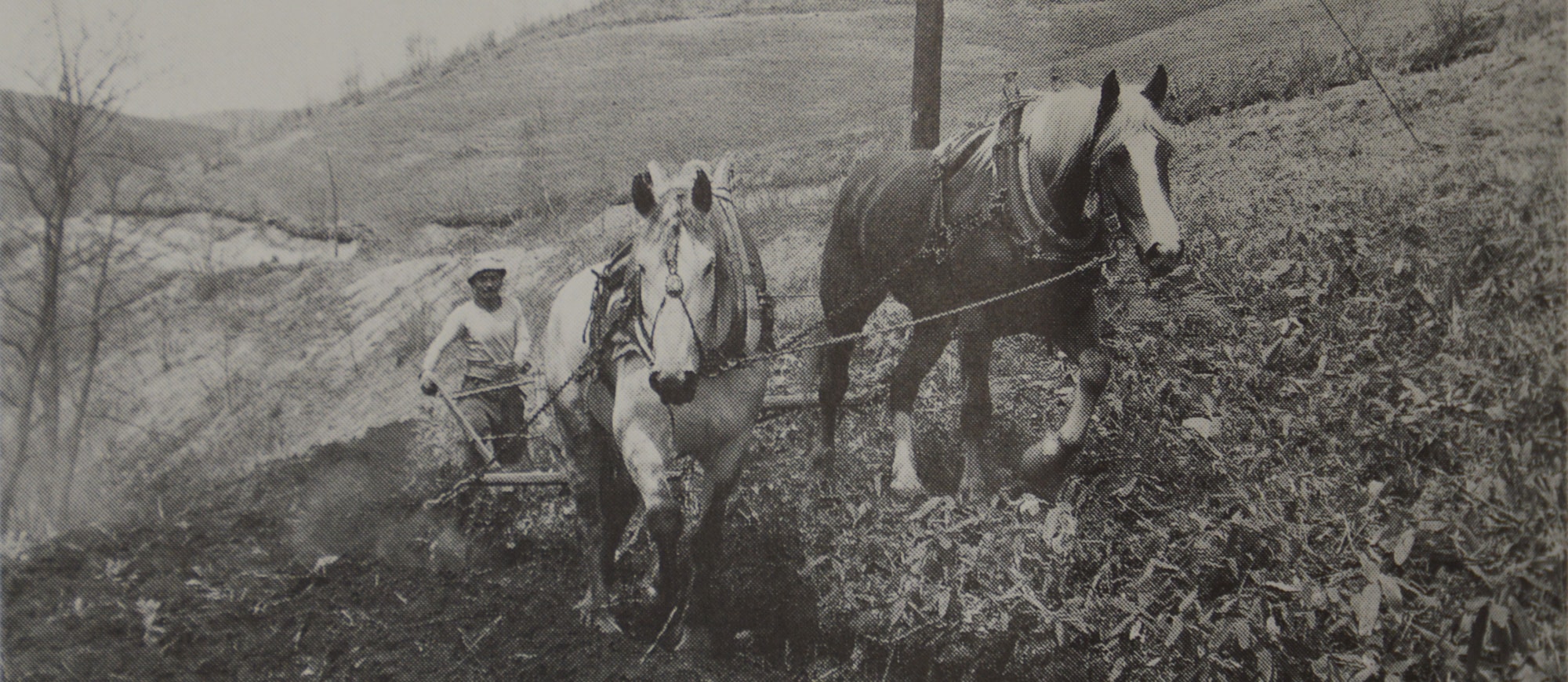
Agriculture in Biei began in the Asahi area. Houses were built near water sources, flat landscapes were developed into rice paddies and crops were planted on the hillsides. Horses were essential for farmers for transportation and for business. It wasn't until 1983 that the crop rotation method was introduced. Crop rotation is the method where crops like potatoes, beetroots, beans, wheat and so on are systematically planted in certain sequences in order to preserve the nutrients in the earth and guard against disease. Thus, the scenery in Biei changes every year.
3 Why Did Tourism Take Off?
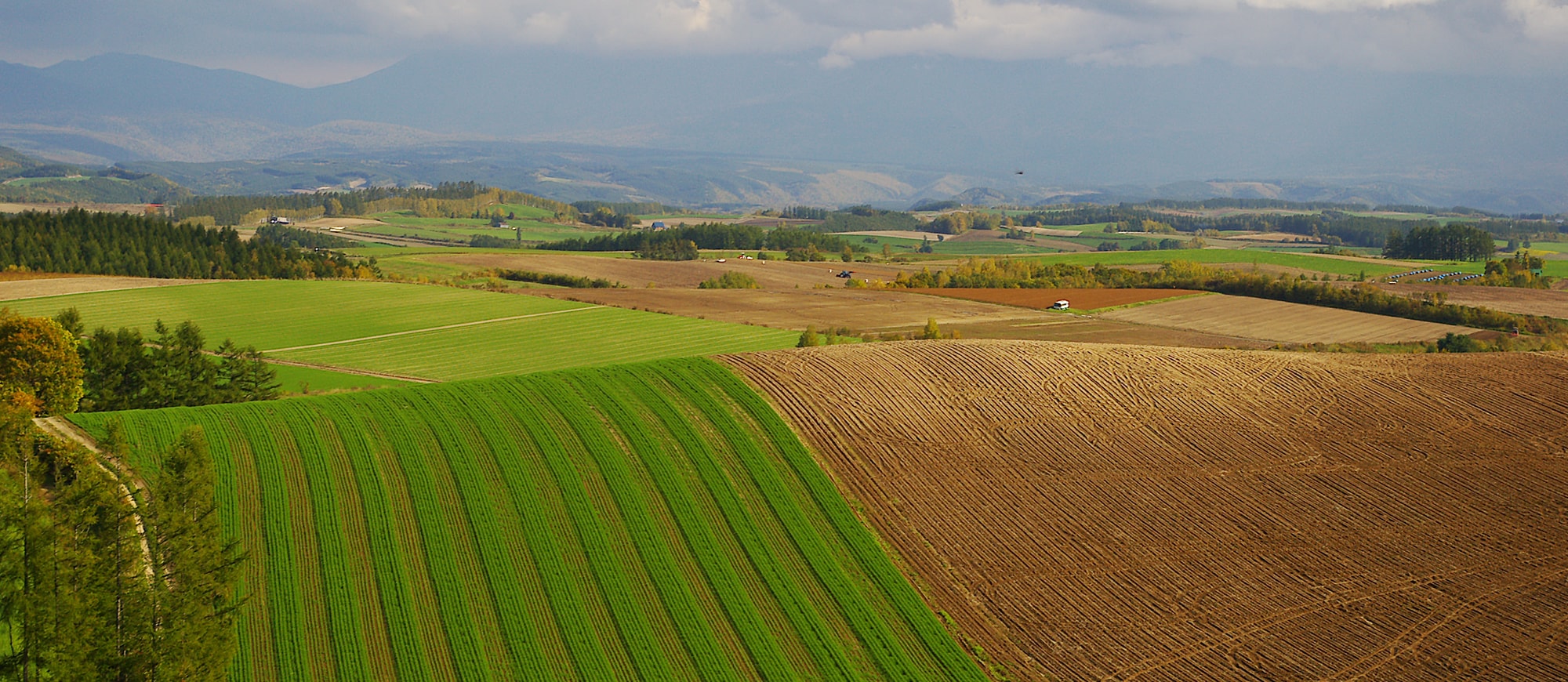
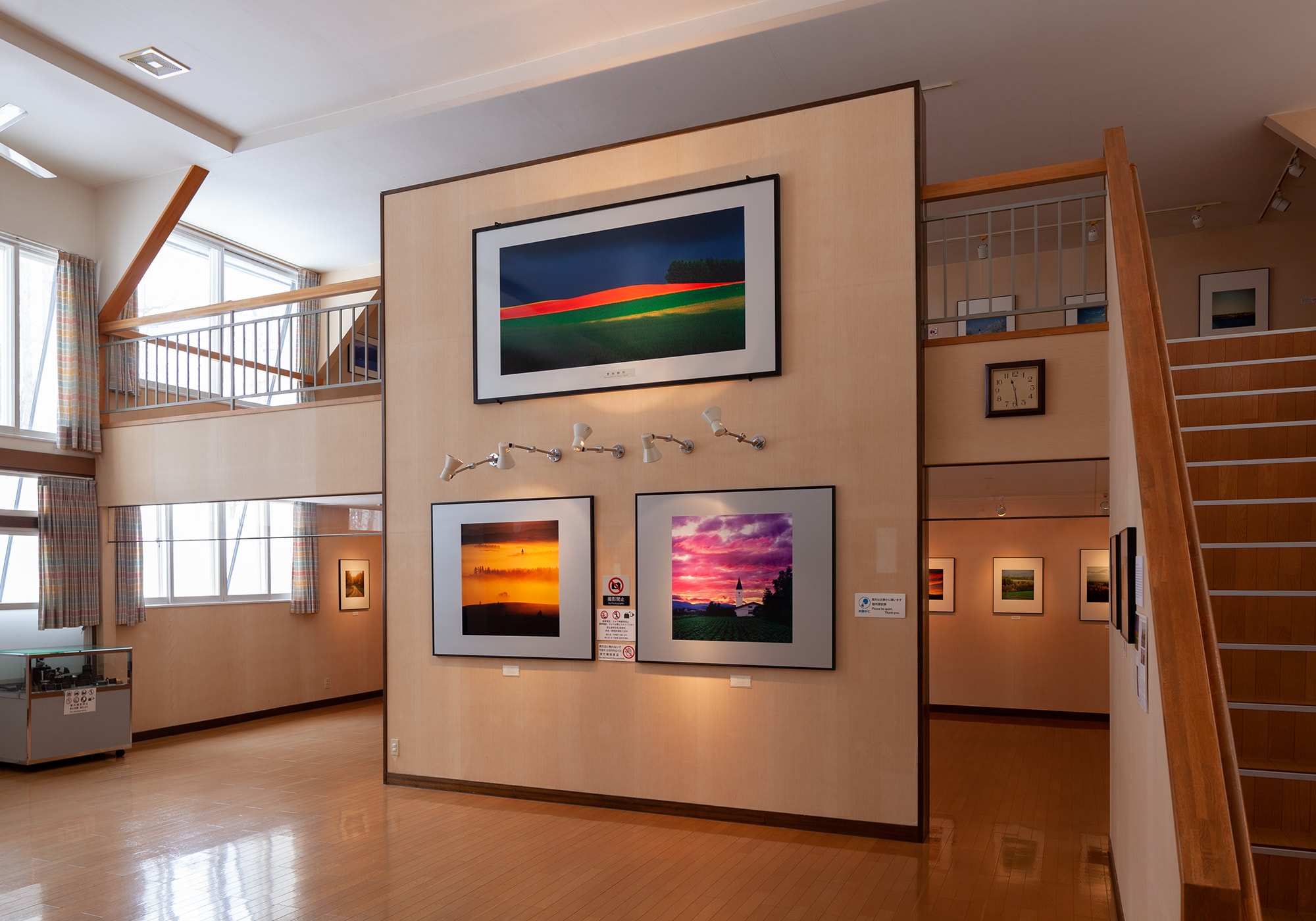
A photographer named Shinzo Maeda.
The late landscape photographer first visited Biei back in 1971. Europe sprang to mind as he gazed at the hills, and yet he found there was something different between the Japanese and European scenery. Other than his signature artwork, he took a number of photographs which helped to boost Biei's tourism. Today, you can see many of Mr. Maeda's photos at a permanent exhibition at the Takushinkan Gallery.
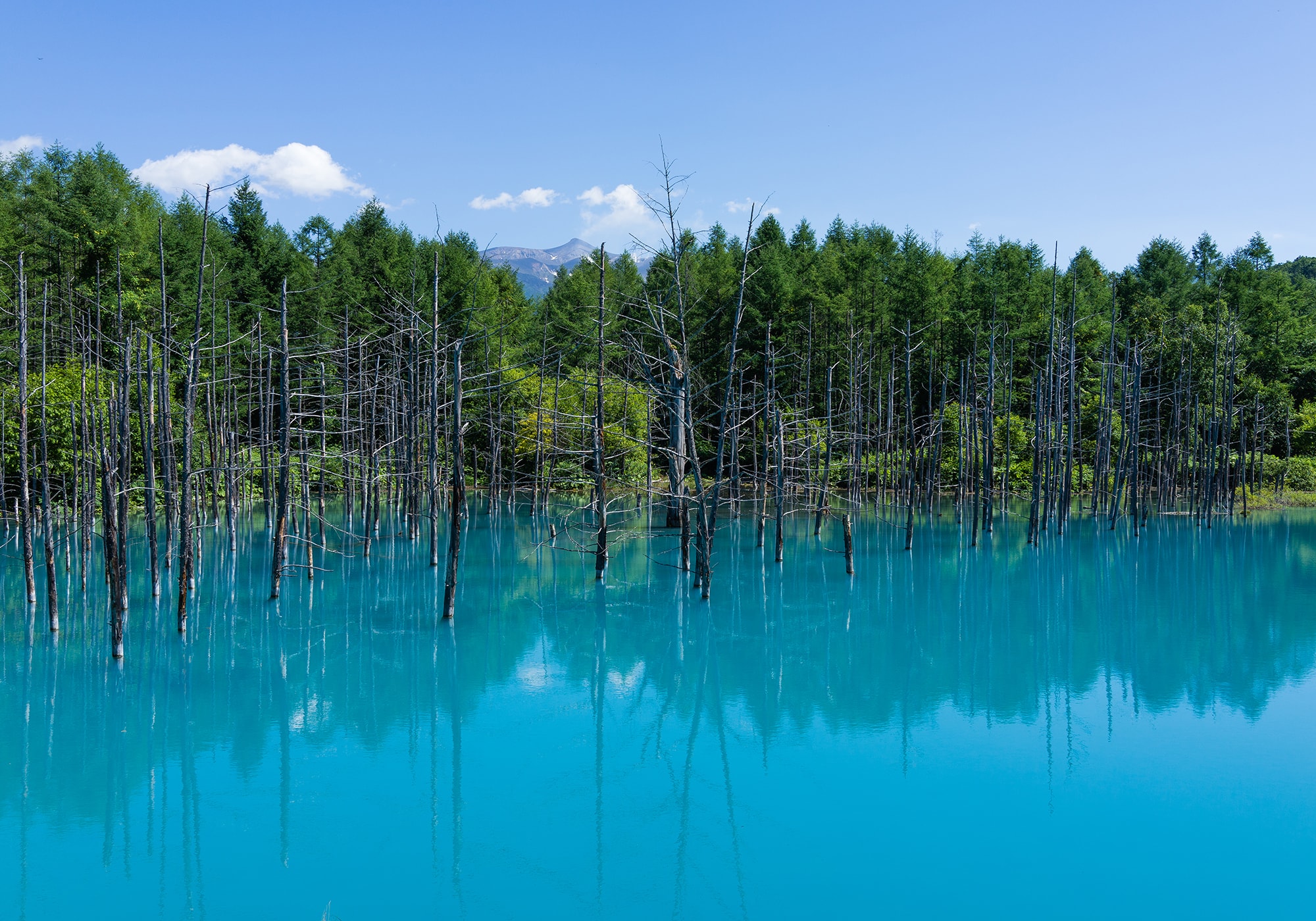
It all started with the famous Blue Pond
Apple used the Biei Blue Pond as a desktop wallpaper in 2012, sparking renewed interest in the area. Roadside station Biei Shirogane Birke was completed and opened its doors in 2018. Construction of new roads and parking around Biei Blue Pond are also coming to completion. The illumination event held during the winter season is also proving to be popular.
4 Association Of Beautiful Villages
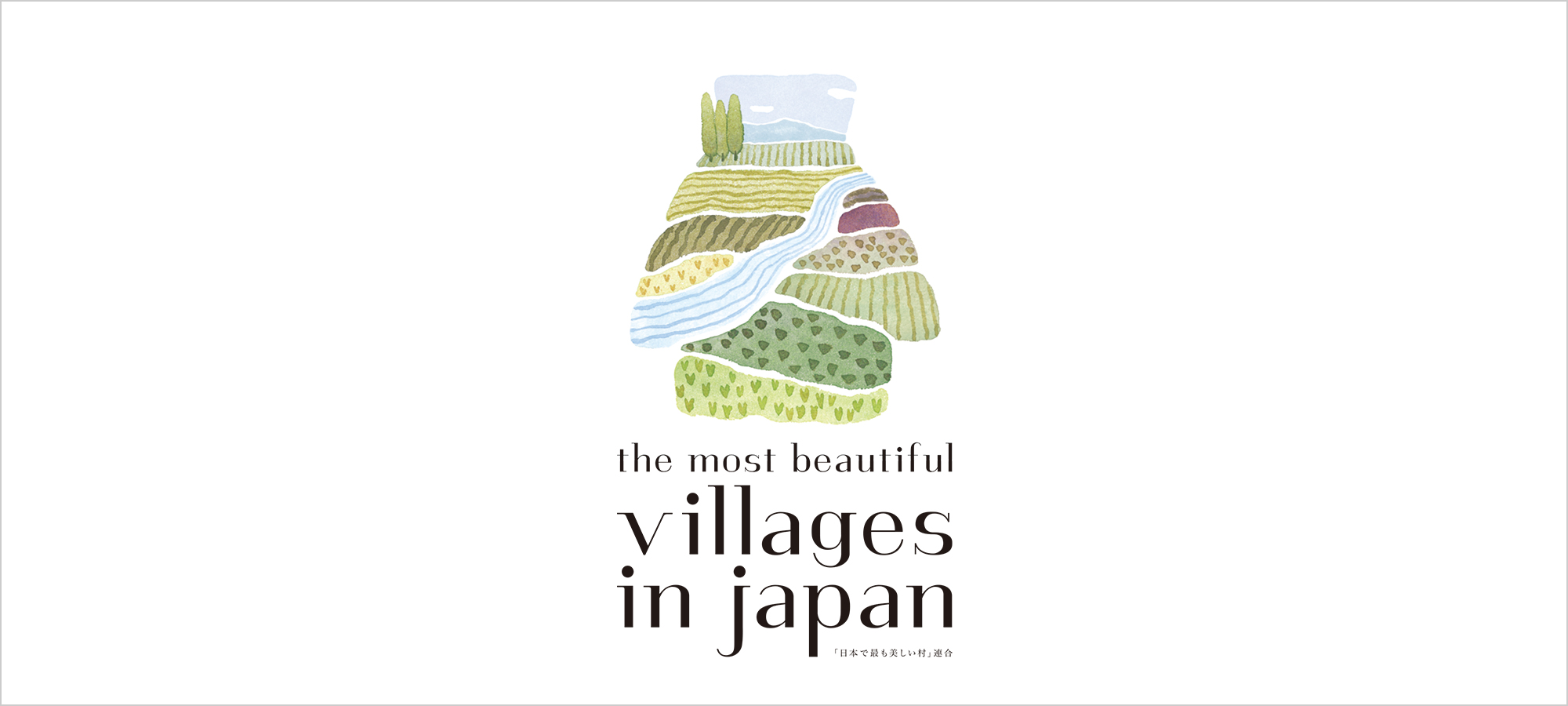
The Nonprofit Organisation, "The Most Beautiful Villages in Japan", began with seven towns and villages, including Biei, in 2005. In order to preserve Biei's culture and its environment, the organisation is now actively working on improving the region's economy and conserving its resources, using tourism as a means to bring in an income to boost this.
Timeline
Prehistory to the Present
1857(Ansei4)
1894(Meiji27)
1899(Meiji32)
1900(Meiji33)
1940(Showa15)
1947(Showa22)
1950(Showa25)
1951(Showa26)
1971(Showa46)
1972(Showa47)
1987(Showa62)
2000(Heisei12)
2005(Heisei17)
2006(Heisei18)
2007(Heisei19)
2012(Heisei24)
2018(Heisei30)
